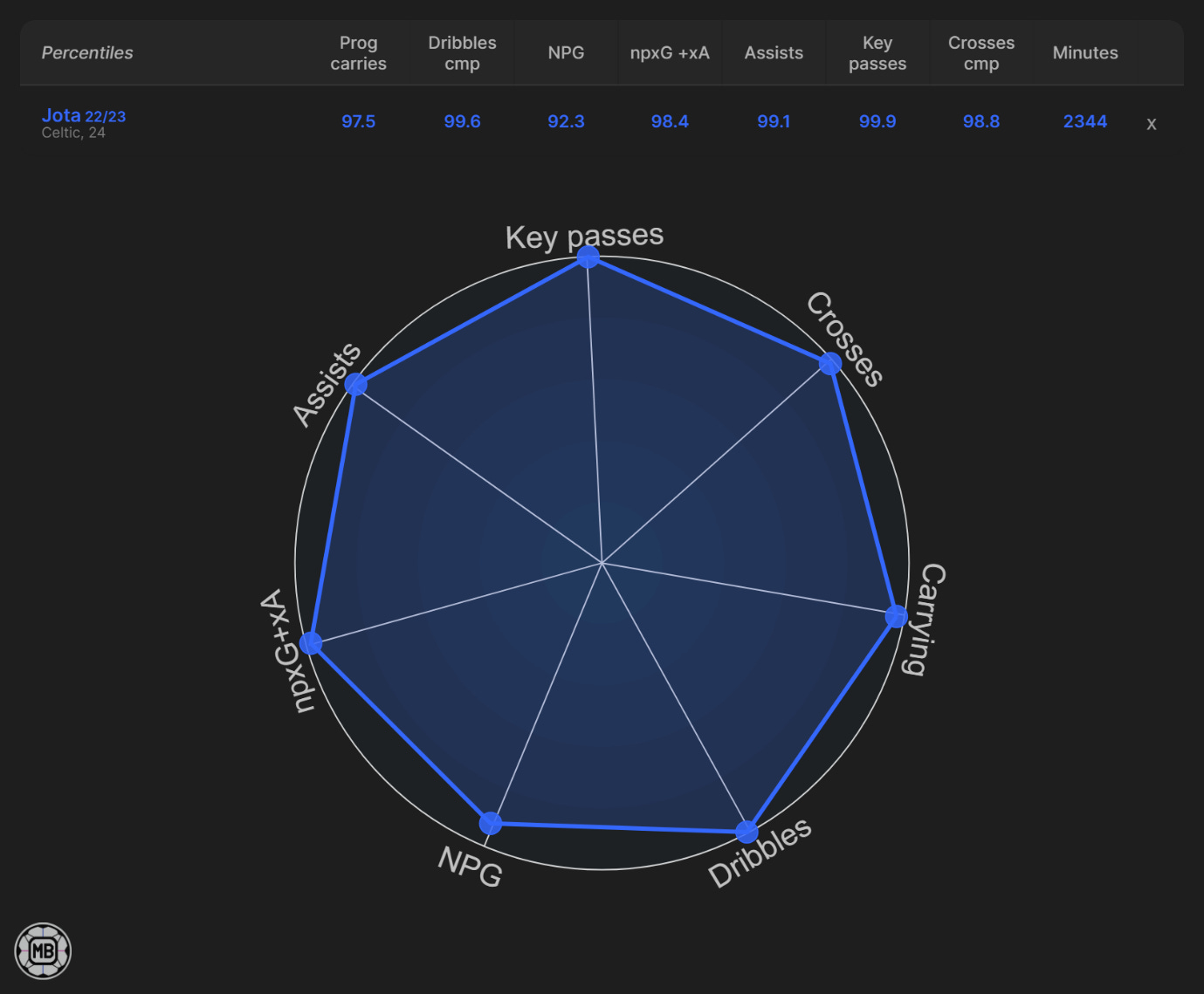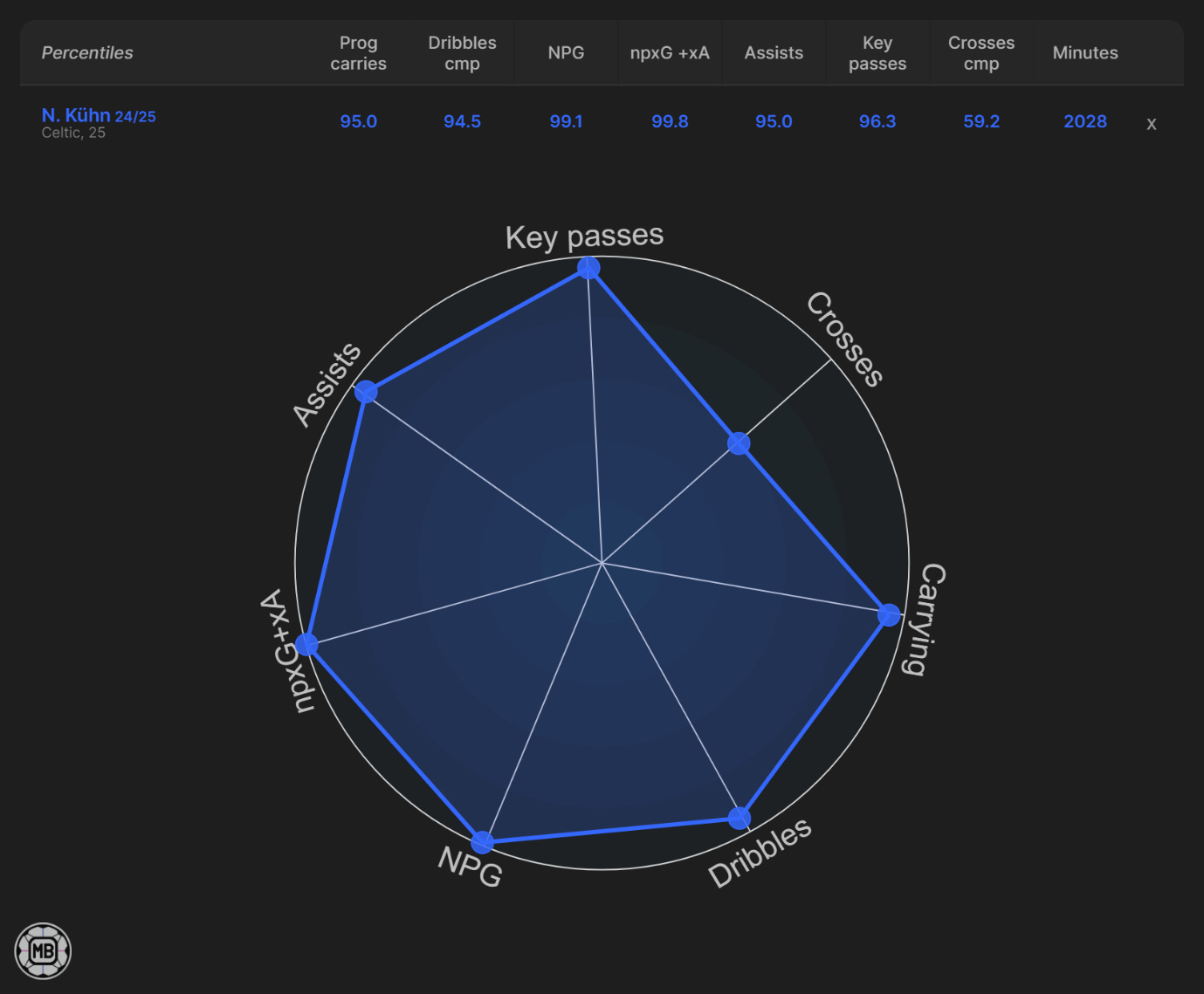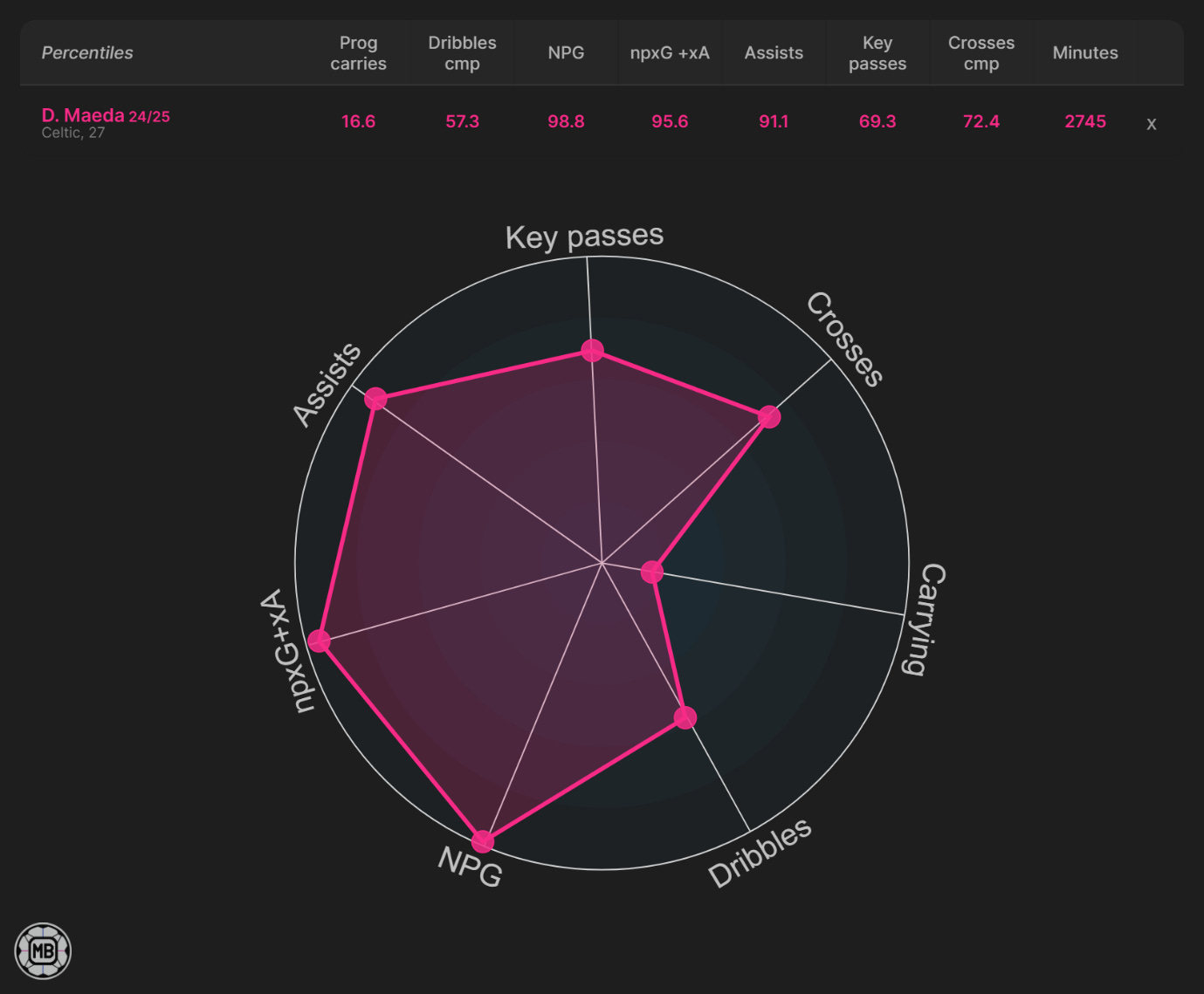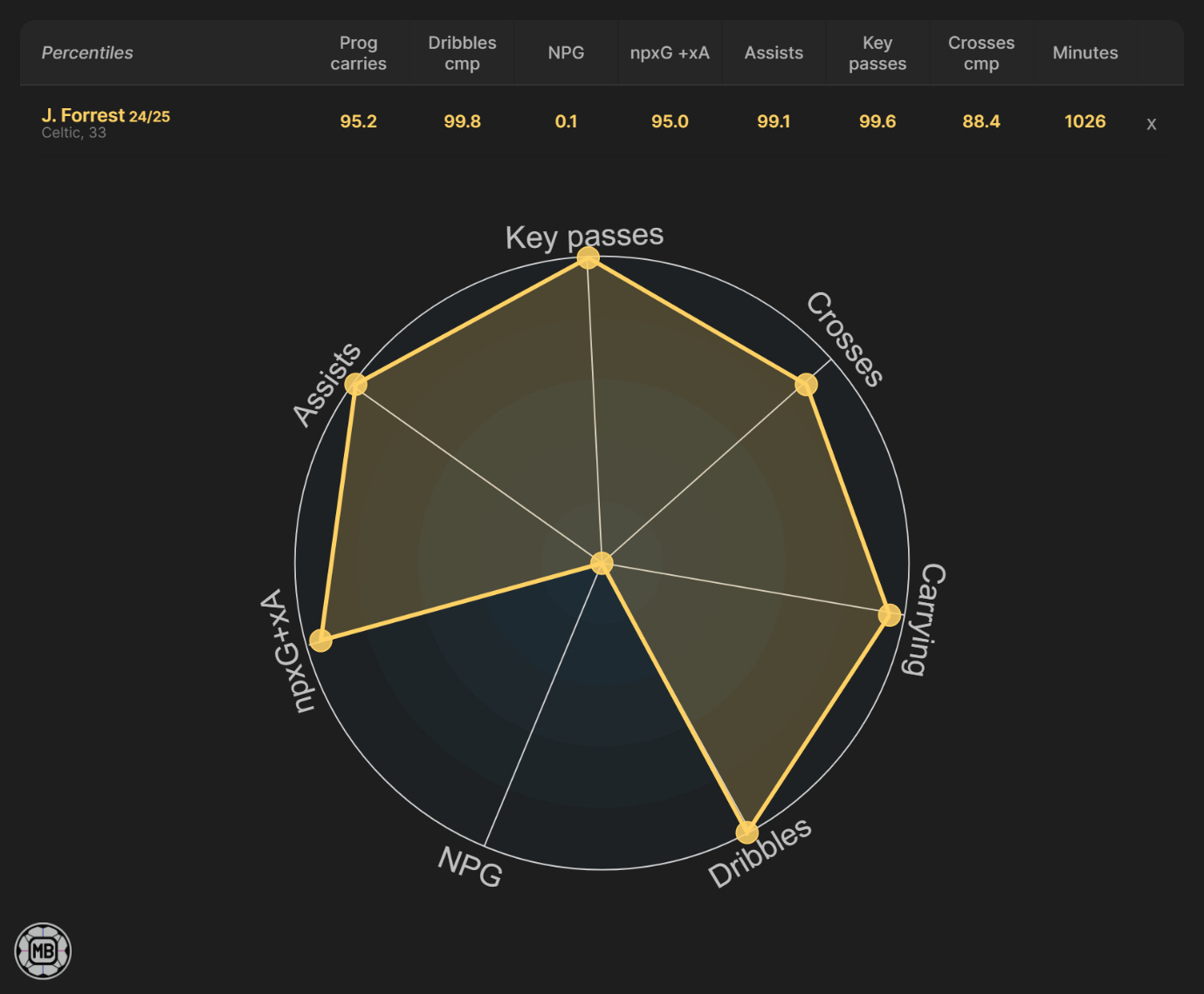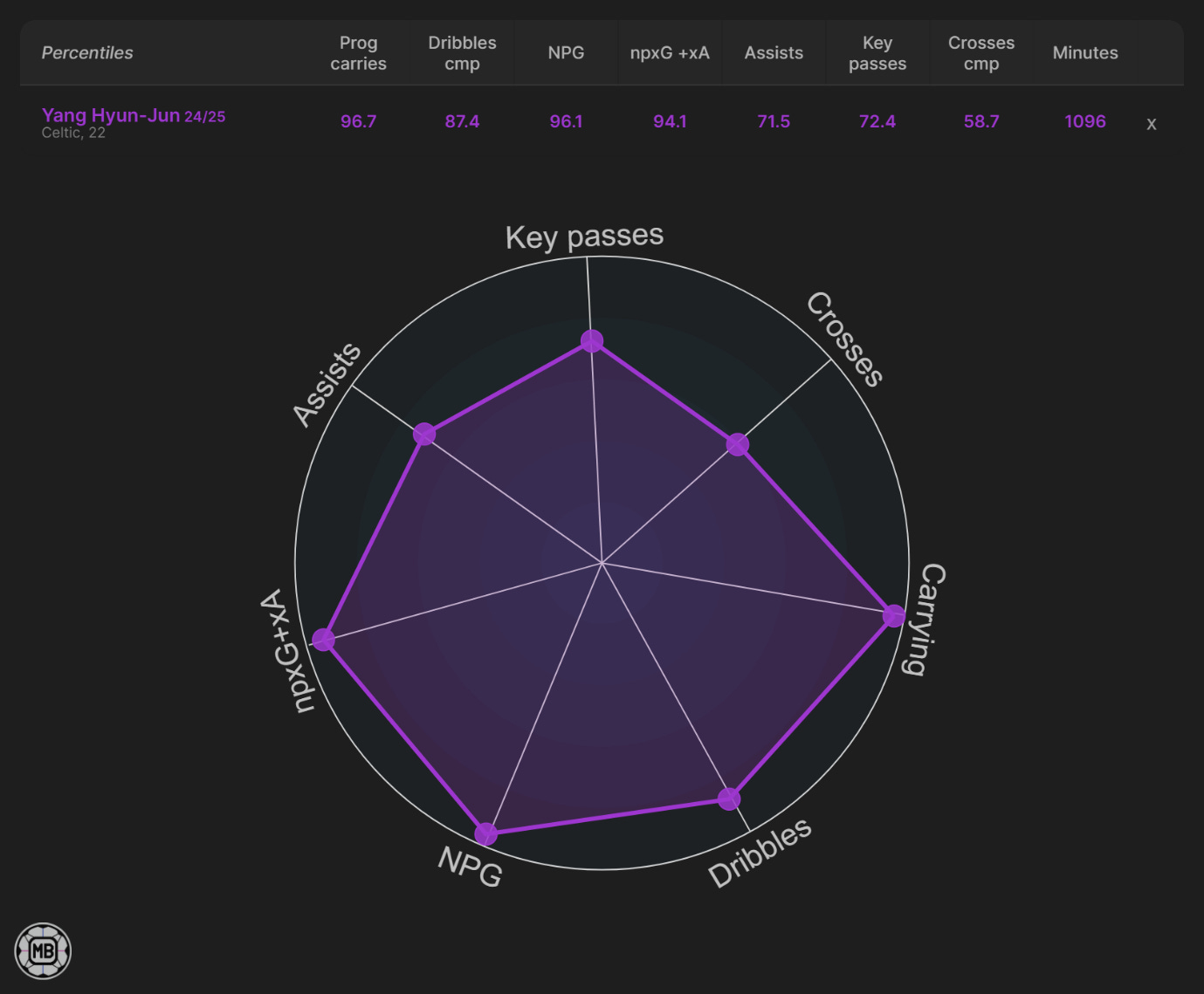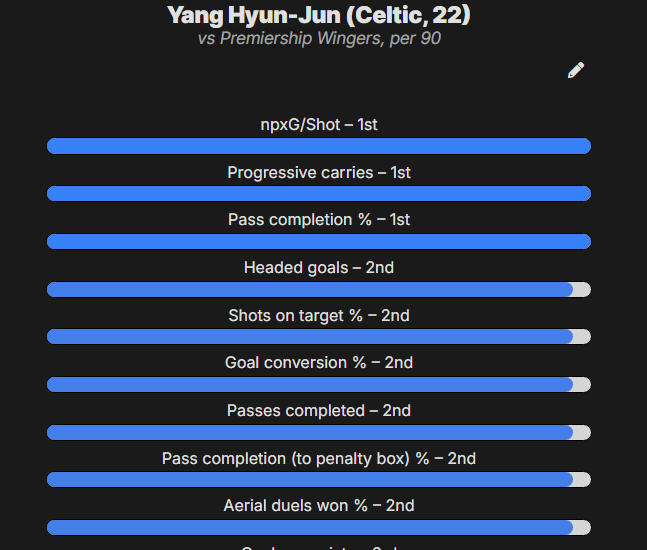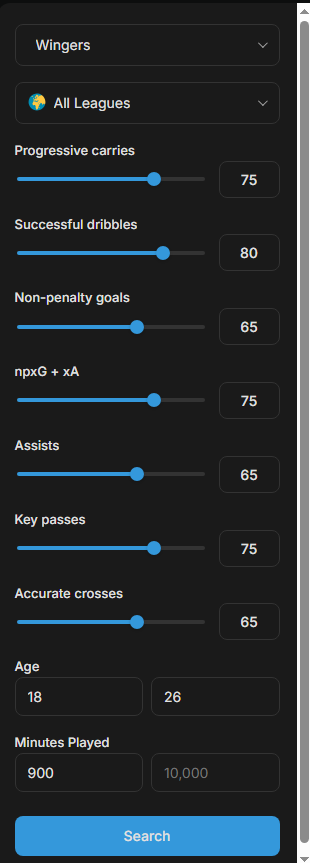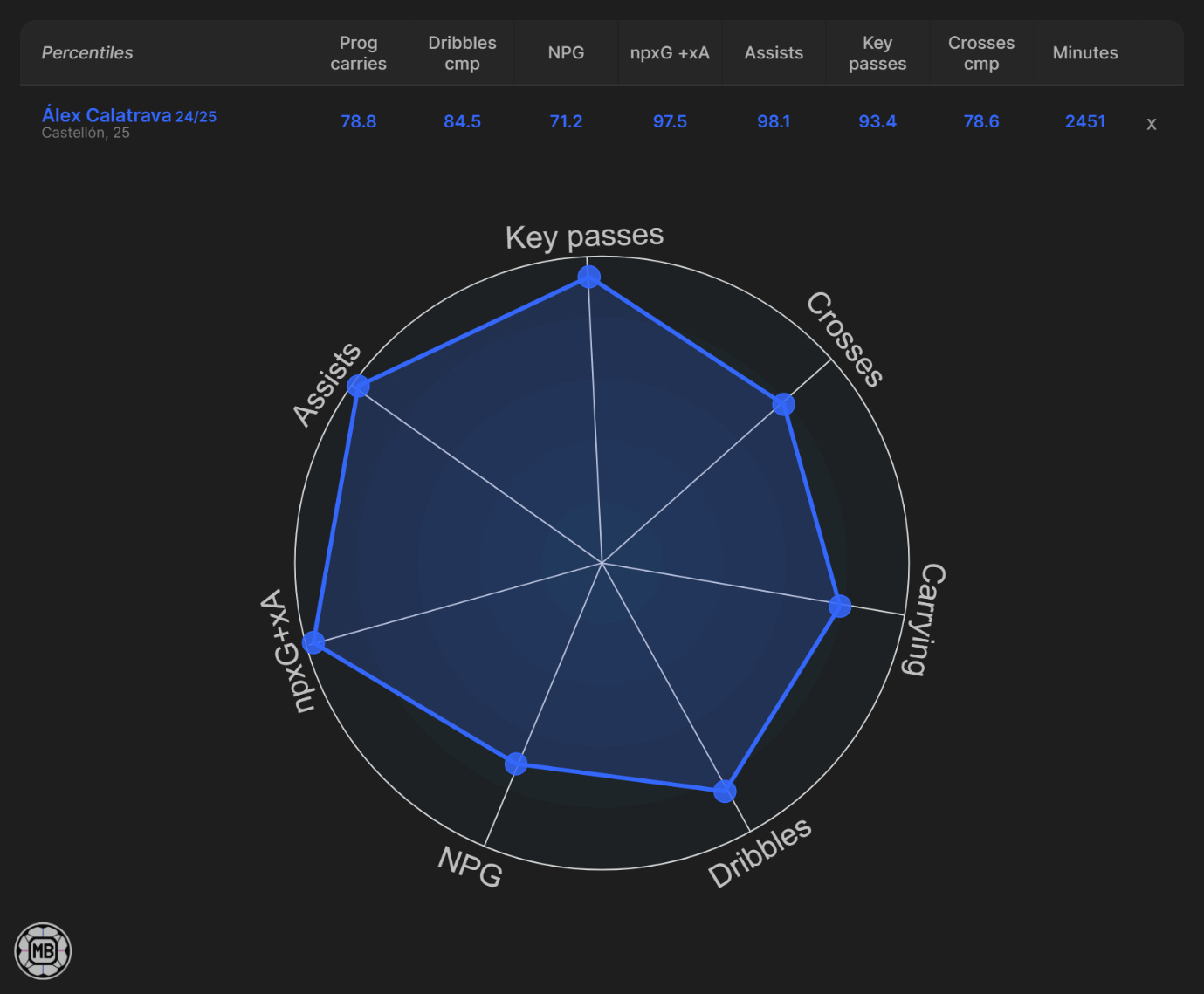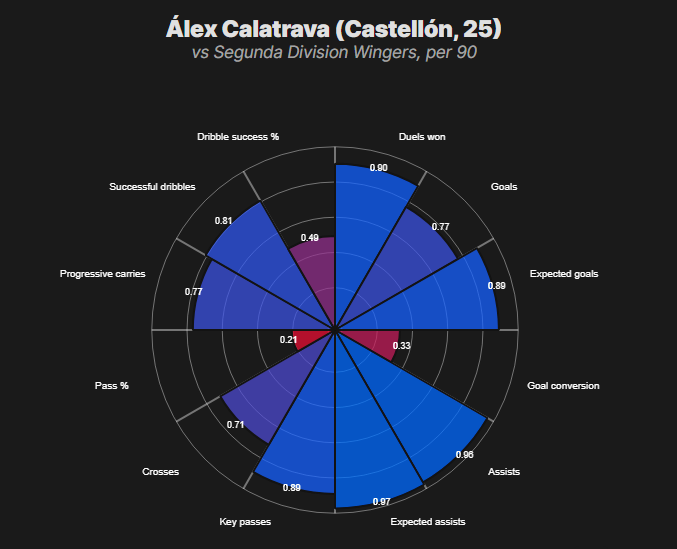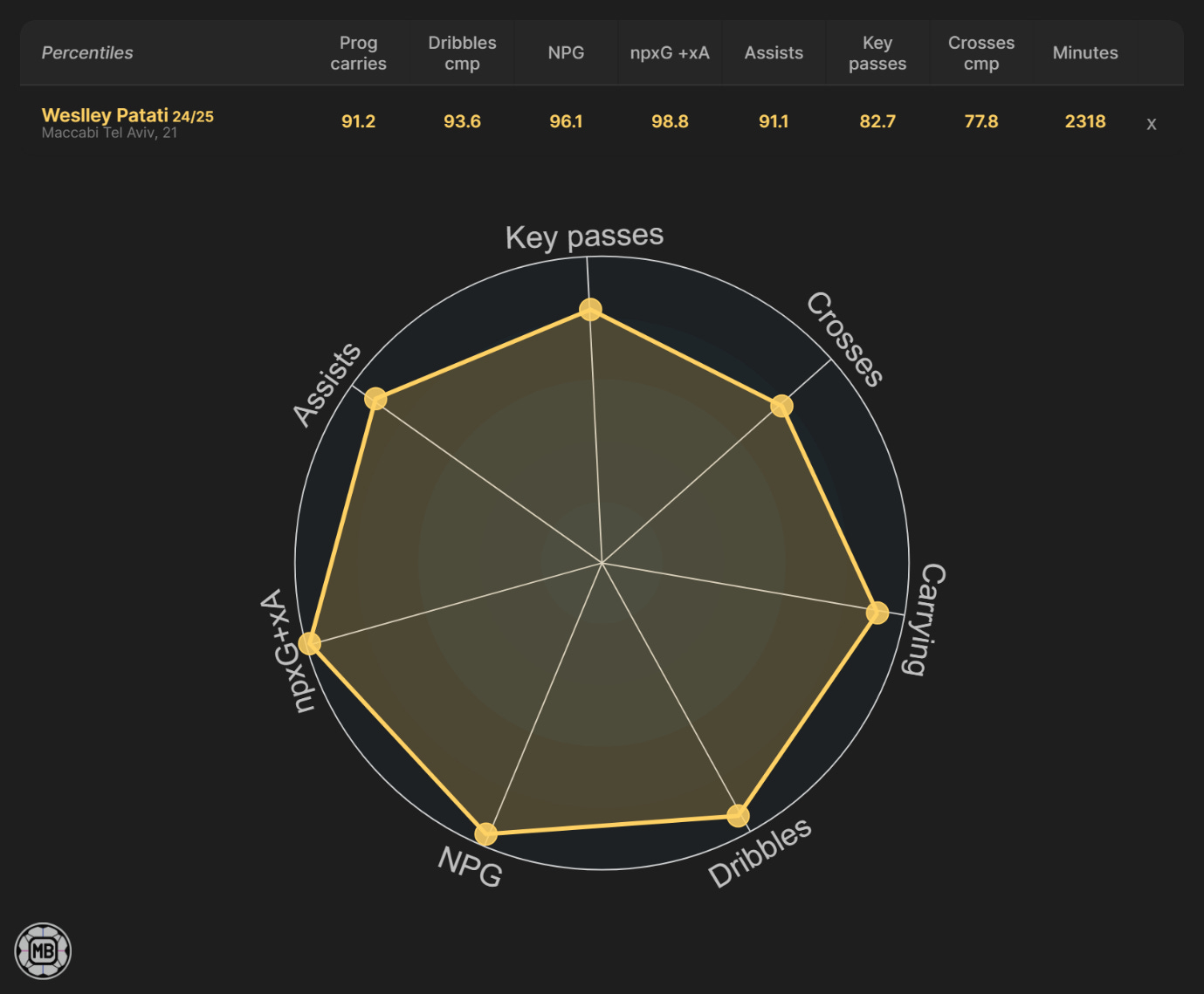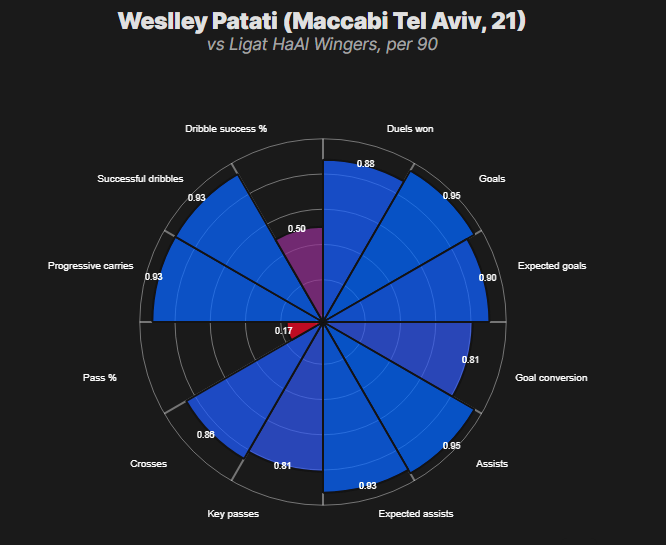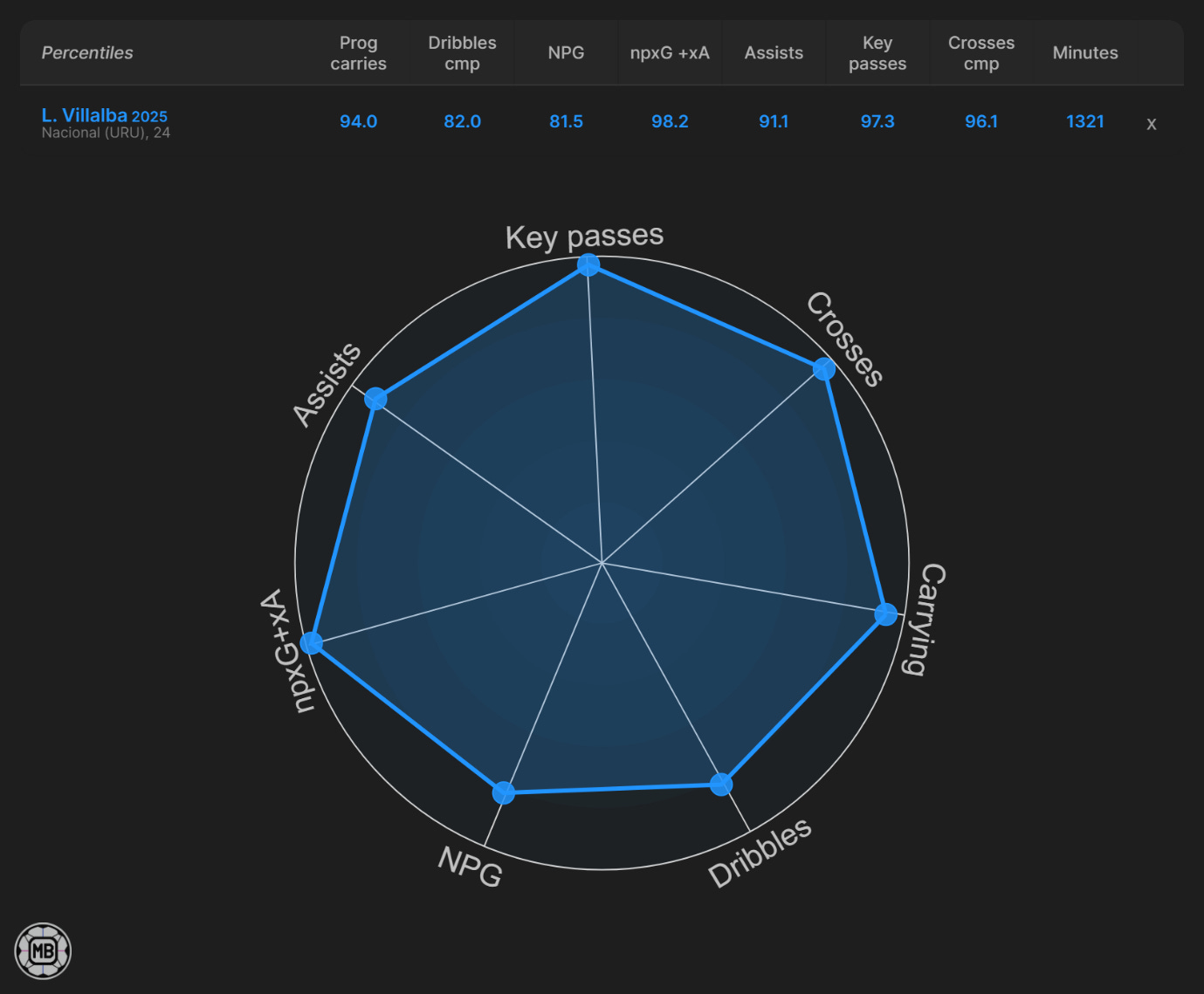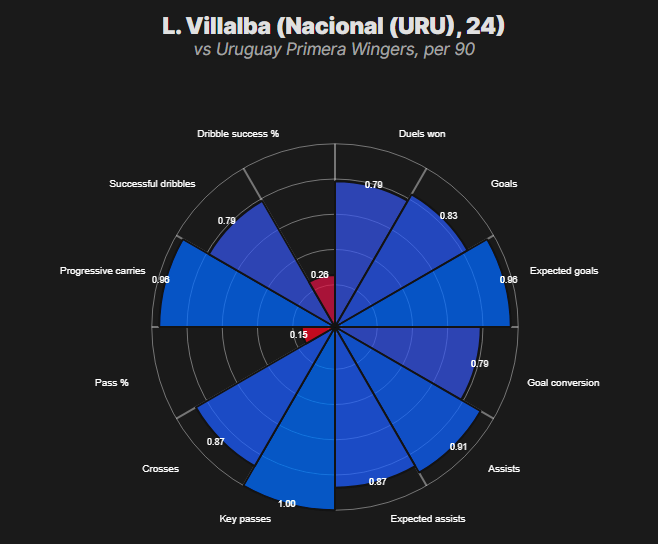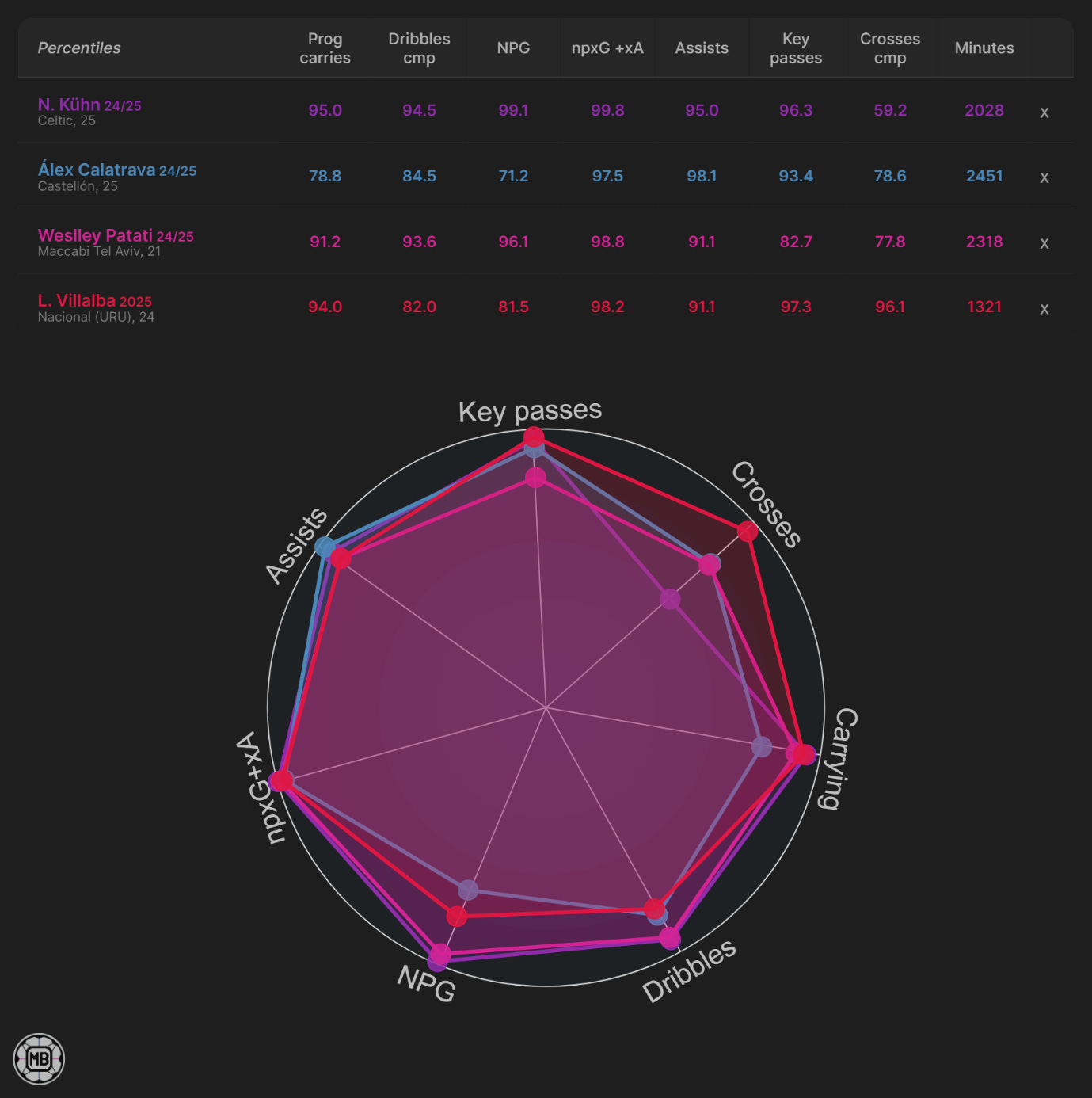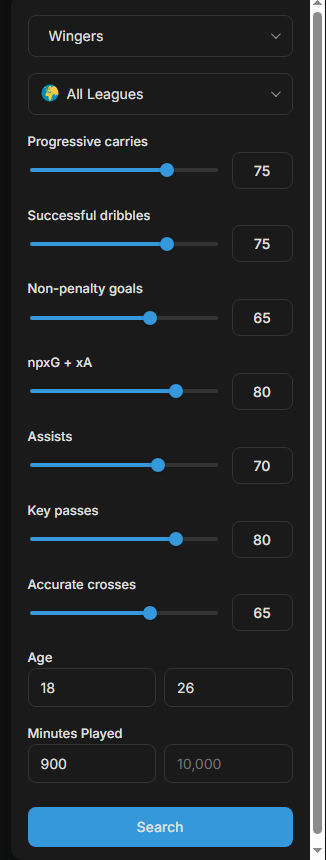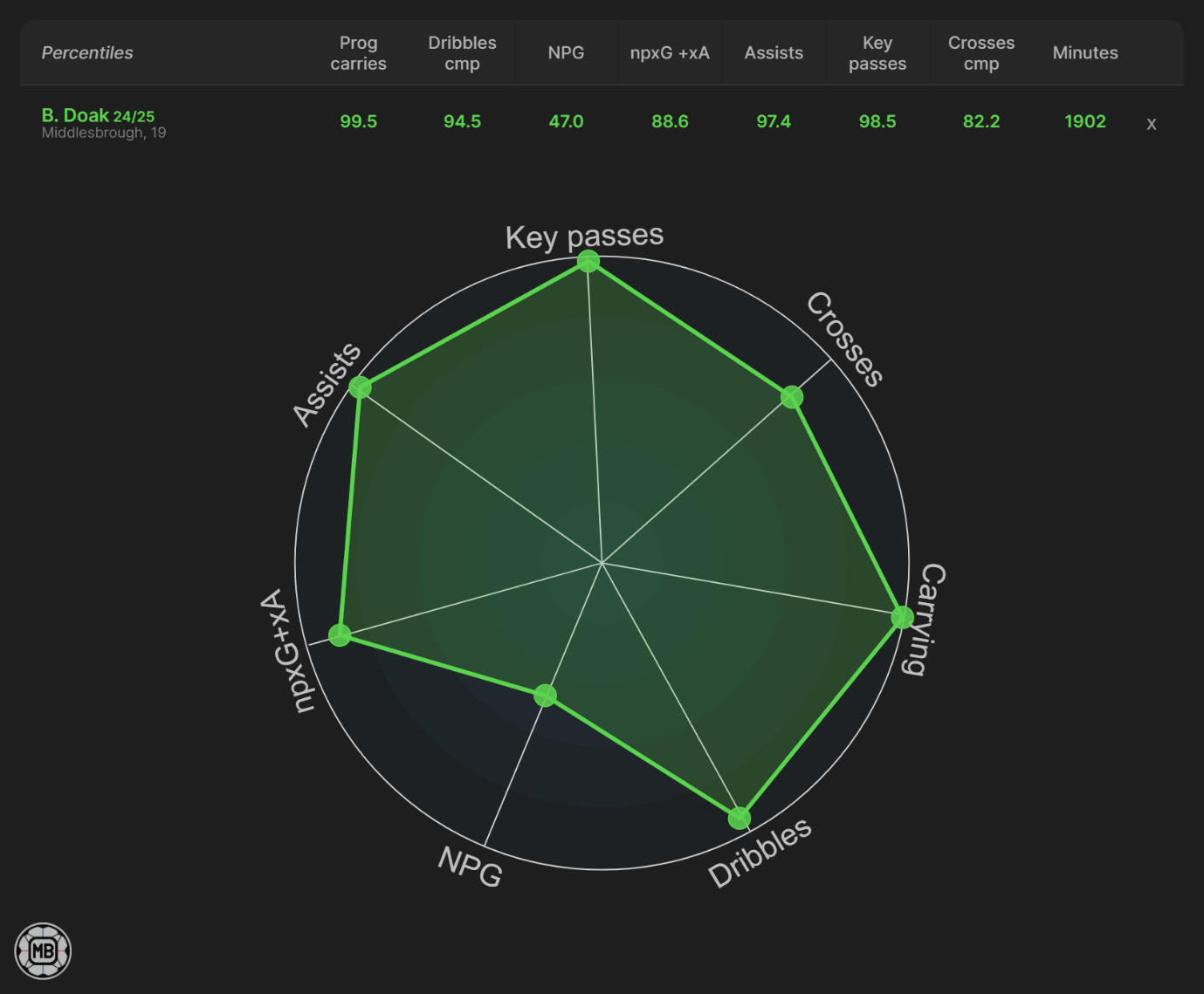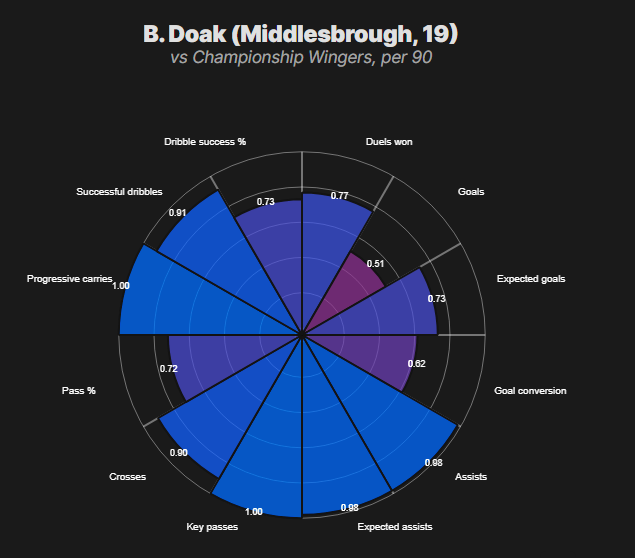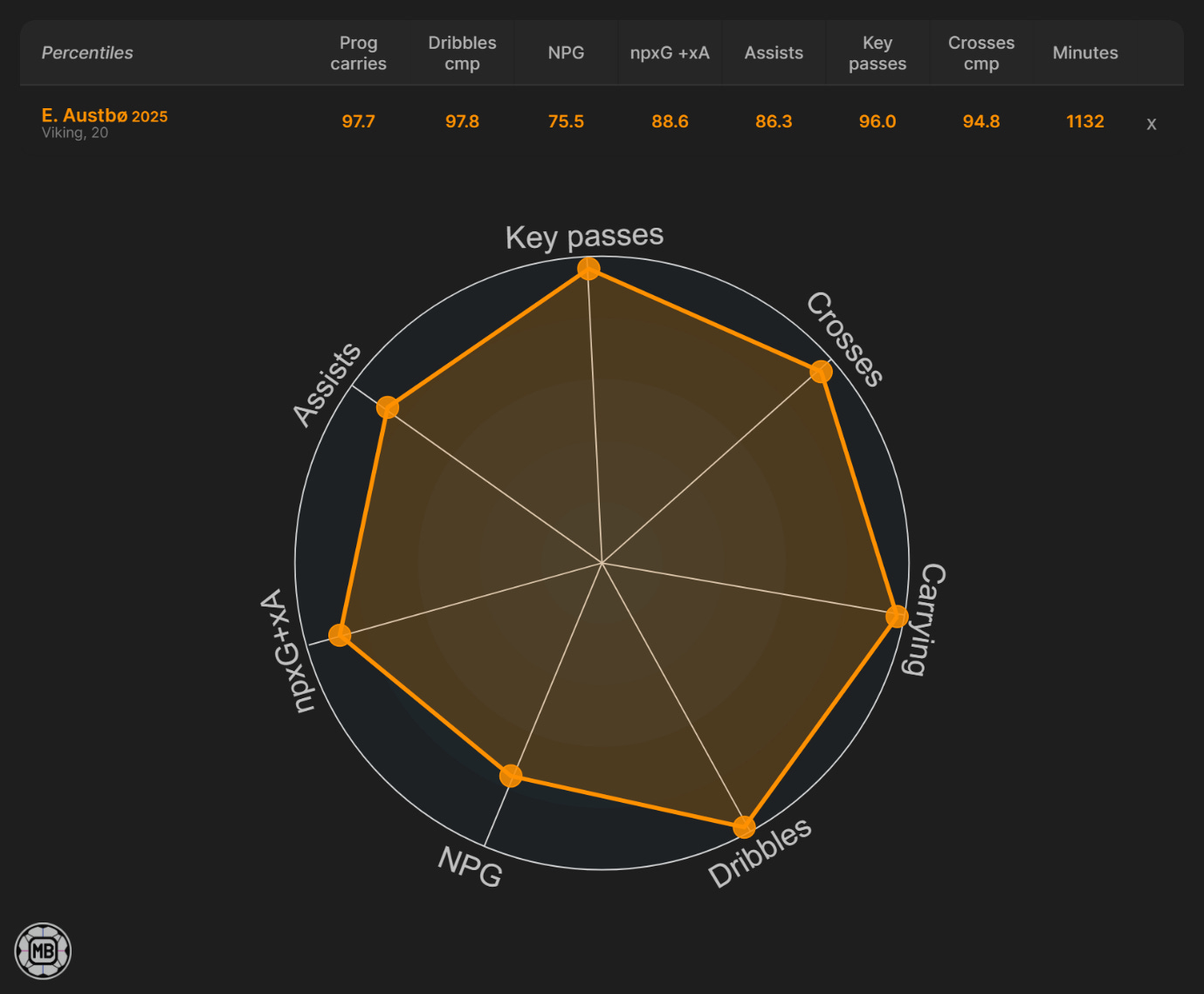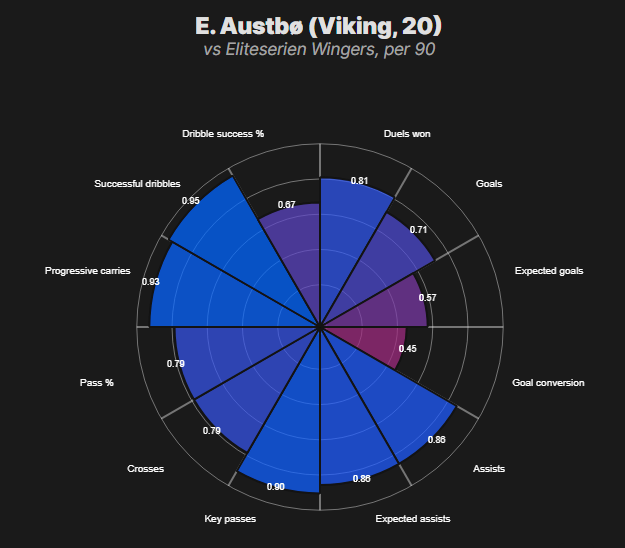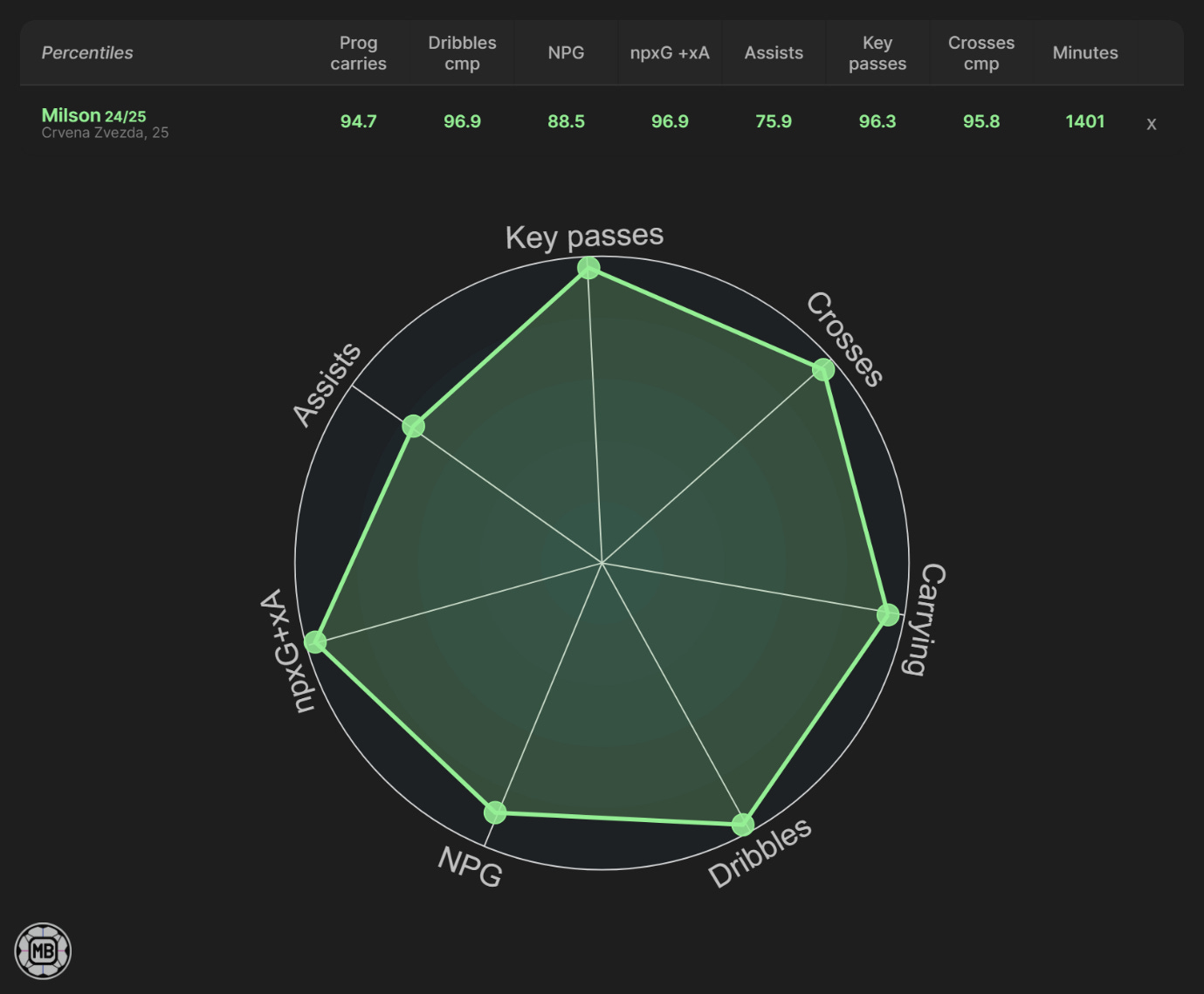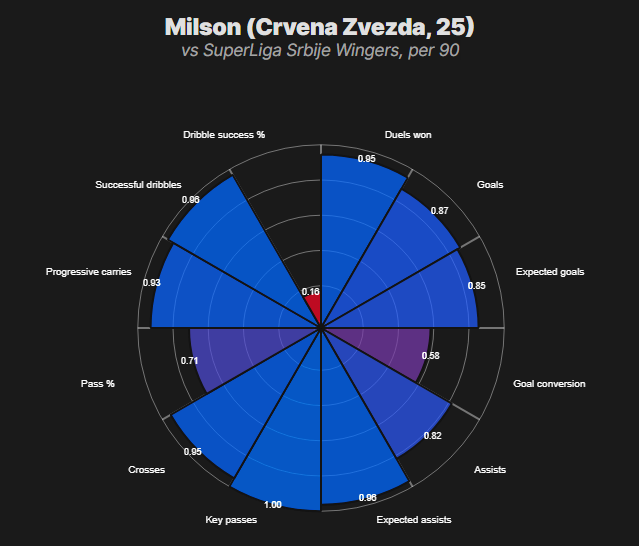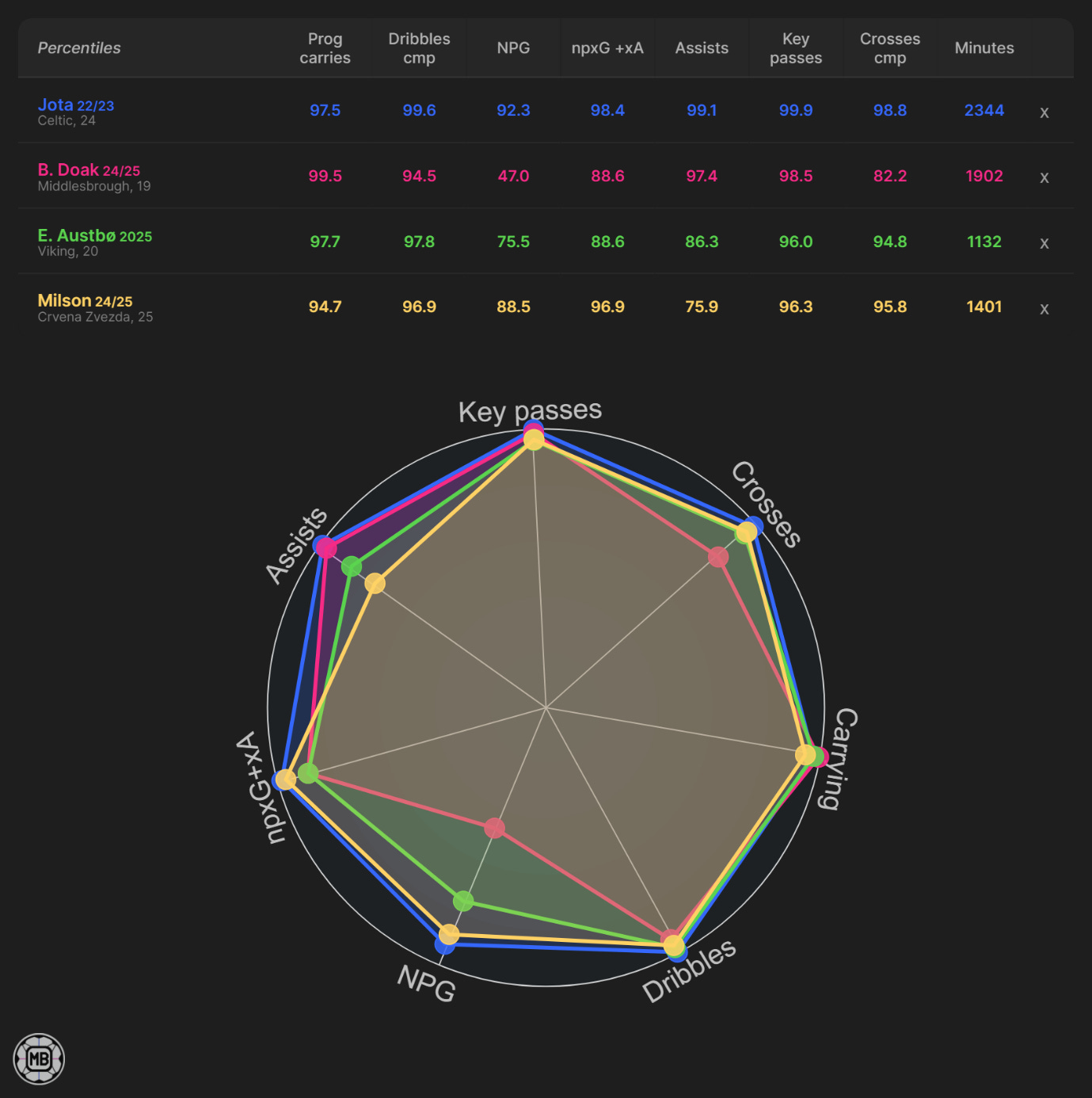This article was a guest contribution by CelticAnalytico.
They are a passionate Celtic supporter with a keen interest in the tactical and analytical side of the game. Please follow CelticAnalytico on X and comment below any feedback on this long-read!
If you are not interested in Celtic specific analysis then you can toggle off emails for the ‘Celtic’ section of the website in your settings, without having to unsubscribe from all emails.
If you are interested in writing about your team for ScottishFootball.info - please give me a message.
Thanks, Gavin
Celtic face a winger shortage just days before finalising their squad for the Champions League playoff – a stage this side hasn't had to navigate in eight years, after enjoying the safety of automatic qualification for the past three seasons. The last time they played in the UCL playoff was against Astana in 2017.
This year, the stakes are higher and the clock ticks faster. The bulk of the squad must be in place by 11pm on Thursday August 14th, and realistically, earlier if they are to feature in these pivotal games, weeks before the usual September 1st transfer deadline.
Supporters are used to questioning Celtic's transfer business. Too often, key arrivals have come later than needed or have been "projects" rather than immediate starters. However, this summer's criticism cuts deeper: the squad is not only short on quality out wide, but it is also dangerously short on numbers.
This analysis examines the departures and the voids they have left, evaluates the current wingers' tactical and analytical profiles, assesses the knock-on effects for Celtic's system, and identifies potentially realistic signings who could address the problem before it defines the season.
THE DEPARTURES
Jota

The first of Celtic's losses on the wings came on May 2nd, when it was confirmed that he suffered cruciate ligament damage and would be out at least until 2026. Returning to Celtic permanently earlier this year, he looked to be exactly the alternative option Celtic were crying out for on the left wing, capable of cutting inside, very strong and active in dribbling and ball carrying, with a high involvement in ball progression and chance creation. A look at this profile from his 22/23, the last season where he played over 1000 mins in a league.
It's a straightforward summary: Jota was in elite categories in all key metrics for a winger in Scotland, which is unsurprising, considering it was partly this form that led to him leaving Celtic for around £25 million to Al Ittihad.
The tactical role for wingers is reasonably similar; both Postecoglou and Rodgers prefer to play with "traditional" wingers and work them into one-on-one situations against the opposition's full back, while maintaining the width of the frontline. While not entirely the same, it makes sense why Jota was able to make a seamless transition back into Celtic despite playing under a new manager.
Using FotMob data from the 24/25 season, Jota's impact, while limited, still showed the calibre and type of player he is. Achieving 0.48 xG per 90 and underperforming in assists with 0.37 expected assists per 90 and 0.32 assists per 90, ranking in elite categories for shooting and chance creation. However, his dribbling and ball carrying, while very good, were still not at his previous levels, completing 1.58 successful dribbles per 90 but only a 35.7% dribble success rate. It truly was cruel and unfortunate for Jota to suffer such a severe injury so late into the season, and writing him off for most of next season, as a successful pre-season like he had before the 22/23 season and Kuhn before 24/25, could have brought him back to his very best or perhaps even better.
Nicolas Kuhn

And speaking of Kuhn, his departure from Celtic was confirmed on July 11th as he signed for Cesc Fàbregas' Como for a fee of over £16.5 million. He had a very similar season in terms of absolutely exploding for Celtic, much like Jota did in 22/23, ranking in elite categories across the board (except for cross completion). Similarly, his domestic excellence was bolstered by strong performances in the Champions League, where he scored and created crucial goals. He does differ tactically; Kuhn is a traditional winger who likes to stay as wide as possible, hug the touchline, or cut inside to shoot, as a result of being left-footed. This would offer a nice balance to his opposite winger.
Before 24/25 and even joining Celtic, he was an excellent dribbler and chance creator, but it was last season where his shooting and final ball came on leaps and bounds, his first 2 seasons of top-flight football (22/23 and 23/24) he scored 10 goals and provided 13 assists, and in 24/25 he tallied 21 goals and 15 assists. An astonishing improvement, and even more remarkable was how many he got from August to December, as since the start of the year, he registered only seven goals and four assists.
The losses of these two players are enormous, and as Brendan Rodgers alluded to, he is not at Celtic to maintain; he is here to build up the club and progress, and he can only do this by continually improving and refreshing the squad, something badly needed as his Celtic team felt stale and unimaginative towards the end of the season.
THE CURRENT STATE
Celtic currently have four first-team wingers, with Nygren capable of playing in that position if required. However, he is viewed primarily as a #8 or #10, roles he describes as his strongest.
Daizen Maeda

Celtic and Scotland's unanimous player of the year last season, Maeda, was the club's most potent attacking threat. He delivered his best season yet, scoring 33 goals and assisting 12 - a goal or assist every 90 minutes across just over 4,000 minutes. Since joining in January 2022, he has been a tactical weapon for both Postecoglou and Rodgers, using his extraordinary athleticism to press, track back, and nullify almost any threat down his side. Always capable of scoring, though equally prone to wasting chances, last season he developed composure in front of goal, which significantly improved his conversion rate - a clear result of Rodgers' influence.
Maeda is not without flaws. His data profile shows an excellent end product, solid key passes and cross completion numbers, but weaker dribbling and ball progression. Attempting 3.33 dribbles per 90, he completes 59.6% of them, yet his progressive carries and passes remain well below top-tier levels. He is the player you want to suffocate teams in the left channel, get on the end of chances, and lead counters, not the one to break down low blocks through dribbling and passing. Still, he remains Celtic's most crucial winger, and that is unlikely to change regardless of new arrivals.
James Forrest

The most decorated player in the club's history - over 100 goals, over 100 assists, and more than 500 appearances -Forrest debuted 15 years ago and is firmly among Celtic's greats. Even at 34, he remains a valuable squad member, as demonstrated on Flag Day against St Mirren, when his introduction helped propel the team to victory. However, his influence is now limited. A significant ankle injury in 2020 reduced his minutes and acceleration, but he compensates with intelligence, movement, and creativity.
His limited minutes (just over 1,000 last season) make his per-90 metrics strong across most categories, except for non-penalty goals - it took until the final league game to score and extend his remarkable streak to 16 consecutive seasons. Both he and Rodgers are clear on his role: starting when rotation or tactics require, but primarily serving as an impact substitute. His homegrown status strengthens UEFA List A balance for the 2025/26 season.
Yang
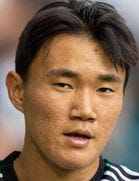
Yang is stuck in what could be called Celtic purgatory - not ready to be a permanent starter, yet not poor enough to discard entirely. Now in his second season, he has yet to cement a first-team place, although in flashes, he has shown real promise.
He ranks first in the league for progressive carries per 90, has the Premiership's highest npxG/shot (0.22), and is second only to Maeda in goal conversion (31.25%) as well as a slew of other categories. However, his creative output is lacking, and consistency remains the most significant issue. Without repeated strong performances, he is hard to rely on. A loan spell offering regular minutes could be the key to unlocking his potential.
Marco Tilio

Tilio is the hardest to assess. He hasn't played a competitive minute since December 2023 and has logged only 28 minutes since signing in summer 2023. Without A-League data, it isn't easy to analyse his form at Melbourne City, where he returned on loan for the last season and a half.
Signed as Melbourne City's record sale and one of Australia's brightest young talents, he has failed to make an impact in Scotland. He appears to be out of Rodgers' plans, with a loan to Rapid Vienna potentially permanent, stalling only because Celtic can't afford to lose another winger at present.
THE REALITY
Frankly, the current setup is nowhere near good enough to tackle any European tie. With only one out-and-out left winger in Maeda (Forrest and Yang preferring to play right, although they are right-footed and have played on the left), and a massive lack of quality on the opposite flank, the situation is rather dire if we can't even let Tilio leave. And with no apparent incoming deals, multiple deals are either stuttering or are completely dead in the water. This looks to be the setup for the foreseeable future.
The lack of balance, not just in numbers but also in profiles on the wings, immediately causes concern. As if Maeda struggles to create chances, there is no direct replacement for him to change the game, and with no one replacing Kuhn, we've lost a serious threat on that flank. Celtic's wing threat becomes highly dependent on Maeda. Yang and Forrest are the obvious choices to play on the right. Still, Yang is too raw and inconsistent to be relied upon, and Forrest can't play anywhere near as many minutes as we need from someone on that flank, and neither can replicate what Kuhn brought to Celtic on the European stage.
It is therefore the absolute top priority Celtic bring in, at the very least, two wingers, a right-footed LW and preferably a left-footed RW of different profiles.
THE NEEDS
Right Wing
Replacing a £16.5 million player is never straightforward. Still, we can at least pinpoint the core qualities that made Kuhn so valuable and seek a player with comparable tactical strengths, supported by evidence. At the top of the list is elite dribbling ability matched with pace - an absolute non-negotiable for his successor. Additionally, we need to improve our crossing and consistently create chances. A proven goal threat would be a welcome bonus, though not essential; Celtic have a strong track record of refining that final edge in players such as Maeda, Kuhn himself, and O'Riley.
Many wingers might tick those boxes, but two further filters narrow the field considerably. First, Celtic will not be signing players of Saka or Yamal's stature, nor will they spend more than £10 million. Setting a maximum Transfermarkt valuation of €5 million effectively rules out most top-five league options that wouldn't already be out of reach due to transfer fees or wages. Second, the player must be comfortable operating at a European tempo while also thriving in the domestic game.
Left Wing
The left side poses a subtler dilemma. With Maeda already established as the starter and likely to play the majority of matches, it isn't easy to justify a significant outlay on a permanent, top-tier signing for this role. Jota is expected to return at some stage next season, but whether he can reach his previous level remains an open question.
Given that uncertainty, the most sensible approach would be a loan deal with an option to buy. This would allow Celtic to bring in a higher-calibre player in the short term without closing off future options. Should Jota's return fall short, the club would already have an accomplished replacement in place and the flexibility to make the move permanent if the player proves successful.
From a tactical perspective, the ideal profile is a winger with genuine creative flair -someone capable of breaking down low-block defences, delivering a high volume of progressive and attacking actions in the final third, and driving forward with purpose on the ball.
THE POTENTIAL TARGETS
Quick caveat before the names: this is a thought exercise, not a rumour round-up or an endorsement list. Some of these players will be new to most of us, and a few may be unrealistic for price, availability, or fit. On the left side, I've split targets into loan and permanent categories. My preference is to keep Maeda as the starter and bring in short-term cover for Jota on loan, rather than make a permanent signing that leaves us with three LWs (or pushes Maeda up front). Loans are challenging to source at this late stage, so I've included a couple of sensible permanent options as well.
Right Wing
To find a realistic Nicolas Kuhn replacement, the search focuses on the metrics that defined his value while staying within Celtic's budget and tactical brief. We're targeting a left-footed RW (18–26), ≤ €5m on Transfermarkt, with ≥900 competitive minutes to avoid small-sample noise. Use percentiles over raw counts: ≥75th for progressive carries and key passes; ≥80th for successful dribbles—mirroring Kuhn's 1v1 and ball-advancing edge. End product matters too: ≥65th for non-penalty goals, assists, and accurate crosses, plus ≥75th for npxG+xA to guarantee consistent threat. That mix of progression, creativity, and output—at an affordable price and with a European-ready profile—maximises the chance of landing someone who can replicate Kuhn and even improve the crossing/variety piece he sometimes lacked.
Alex Calatrava

Profile: Direct, forward-first passer with enough carry to beat a man; not an out-and-out volume dribbler but still active in 1v1s.
What he adds: Touchline width, progressive passing, and aggression into the final third; a Kuhn-adjacent profile without the same crossing punch.
Numbers snapshot: Dribble success 52.94%, pass completion 71.79% -depressed by the sheer % of progressive/forward attempts rather than safe recycling. Goal threat currently light; crossing not elite.
Red flags: Zero top-flight minutes to date; late top-tier entry at 25 raises the "level" question.
Availability/permit: Previously Atleti B, now second tier - realistic fee; development bet rather than plug-and-play.
Verdict: Feels Kuhn-coded in arc (big club academy → step back → spike). If we accept some short-term variance, there's a player to polish here.
Weslley Patati

Profile: Lively, elastic dribbler with a real end-product uptick; comfortable across the front, not strictly a chalk-on-boots RW.
What he adds: 1v1 separation + shots/assists now, not just "potential." European tempo exposure via continental group-stage minutes.
Numbers snapshot: 13G/10A in ~2700' last season; 4 G+A in 7 Europa group games; ranks 1st/2nd/3rd across multiple dribble/shoot/create metrics in Ligat Ha'Al.
Red flags: The jump to SPFL intensity and UCL is non-trivial; the usage map is wide (LW/AM), so role clarity matters if we want a Kuhn-like RW.
Availability/permit: Moved to Maccabi for ~€1.45m; would cost a premium now but still within Celtic's structure if conviction is high.
Verdict: The closest "impact now" successor on pure output. If the fee is reasonable and we're happy to tailor the role, this makes much sense.
Lucas Villalba

Profile: All-round winger: shoots well, creates well, dribbles enough even if he has a poor completion rate; plays with purpose.
What he adds: Balanced threat -not just carries, but final action. Gives us the ability to cross and shoot without compromising the creative side.
Numbers snapshot: Strong league-relative ranks across key chance-creation and scoring metrics; dribble completions way short of "elite" tier.
Red flags: First full top-flight year in Uruguay lands 2025; SPFL/UCL translation is a leap. Celtic's recent record of integrating South American players is mixed.
Availability/permit: Signed for approximately €770k; Italian nationality streamlines a UK work permit path and keeps costs manageable.
Verdict: A value play with genuine upside if adaptation hits. Lower fee, higher variance -but the toolkit fits the brief.
Summary
All three RW targets broadly fit the Kuhn template (left-footed, 18–26, ≥900', ≤€5m) and hit the progression/1v1 bars, but they're stepping up from lower leagues. The honest read: a true plug-and-play Kuhn replacement is unlikely right now; we'll likely need to accept a development arc and live with some variance while the minutes bed in. We shouldn't be in this position, but we are where we are.
Left Wing
The original plan was a loan with an option to cover Jota. The market's thin at this stage, so I've opted for three routes: a young loan, a young permanent, and a more experienced permanent, providing us with flexibility without committing to Maeda or Jota long-term.
To model the ideal fit, I've used Jota's 2022/23 as the template—his last full, elite Premiership season. The filters broadly match the RW search but lean toward his strengths: wingers aged 18–26, with a minimum of 900 minutes, and within Celtic's reach in terms of fee/wages. Statistically, we're looking at ≥75th for progressive carries and successful dribbles (the ability to advance play and beat a man), ≥65th for non-penalty goals, ≥70th for assists, ≥80th for combined xG+xA, ≥80th for key passes, and ≥65th for accurate crosses to capture his wide-area delivery. In short, we tend to favour ball progression and chance creation on the left, rather than Kuhn's more touchline-heavy, high-volume dribbling profile on the right.
Ben Doak

Profile: Academy-made at Celtic, polished at Liverpool; explosive first step, direct ball-carrying, plays predominantly off the right but can flip to the left.
What he adds: Raw 1v1 separation and chaos -the sort of dribble-first winger who moves a block and wins territory even when the pass isn't on.
Numbers snapshot: Senior sample still light after a Middlesbrough loan curtailed by a hamstring issue; treat any per-90s with a big sample-size caveat.
Red flags: Availability and price - Liverpool have explored a £15–20m sale; injuries and limited senior minutes mean there's a risk if he has to start now.
Availability/permit: If no buyer emerges late in the window, a loan with an option becomes a viable option; otherwise, it is likely outside our permanent range.
Verdict: Pie-in-the-sky but absolutely the correct type: a high-ceiling wide threat who can change a game state even without touches. If the loan door opens, we should be at the front of the queue.
Edvin Austbø

Profile: Progressive carries + successful dribbles high, creative actions in the final third, with enough end product to matter.
What he adds: A change-the-picture left-sider when Maeda isn't the answer in a low block; carries you up the pitch and plays the last pass.
Numbers snapshot: Meets a large portion of the Jota threshold even as a young, inexperienced player and would likely transition well to a possession-dominant team. Overperforming in xG and yet is struggling with a poor goal conversion rate, indicating areas for improvement.
Red flags: Level jump + European tempo still to prove; young profile means bumpy minutes early on.
Availability/permit: Reasonable fee territory; suits a medium-term build rather than short-term guarantees.
Verdict: Sensible long-view buy who mirrors the "Jota-ish" actions we're missing, without blocking Jota if/when he returns.
Milson

Profile: Senior option to raise the floor now - carries, beats his man, and sustains attacking actions in the final third rather than just running channels.
What he adds: A winger who can break a set defence: progressive actions + crossing quality to mirror the Jota model.
Numbers snapshot: Selected against Jota-based thresholds (carries/dribbles/Key Passes/xG+xA) to ensure creative heft, not just pace.
Red flags: Cost/role fit vs Maeda minutes; we need him to accept rotation and still deliver Europe-ready actions immediately.
Availability/permit: Experienced enough to help now; price and wages dictate feasibility.
Verdict: The pragmatic "plug the gap" pick for this window's timeline -lets you push the loan market later if needed.
Summary
The logic holds: keep Maeda as the starter, cover Jota with a loan and option if possible, and only buy if the profile genuinely moves the needle in breaking down low blocks (progressive carries, successful dribbles, key passes, xG+xA). In that frame, Doak is the swing-for-upside loan, Austbø the young permanent who mirrors the Jota-ish actions, and Milson the experienced floor-raiser who helps immediately without blocking future choices.
Thank you for reading this long-read analysis into the current winger situation at Celtic, please follow CelticAnalytico for more tactical and analytical insight.


